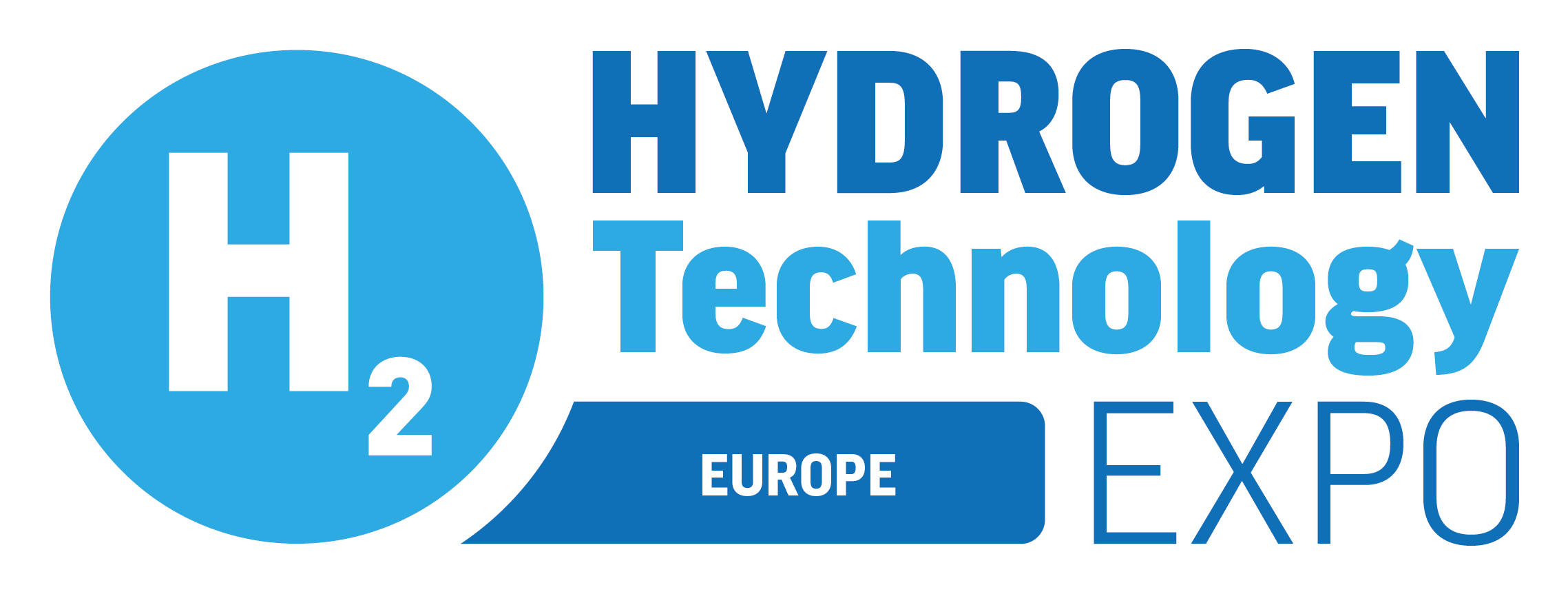A hydrogen purification system for ammonia cracking is being developed by two Japanese companies
)
A collaboration between Japan’s NGK Insulators and Mitsubishi Heavy Industries (MHI) has led to a shared plan to develop a hydrogen purification system. The purpose of this system will be for it to provide support to ammonia-based hydrogen supply chains, specifically the ones that have been built to a large-scale.
Whilst ammonia has a clear role in hydrogen transportation system, in order for its role to be effective, after it has been transported by the ammonia, the hydrogen then has to be purified. The hydrogen must go through this process because this then enables the energy carrier to meet the strict purity requirements. These purity requirements are relevant to a multitude of applications, as when it comes to the use of fuel cells, any impurities involved in the process could poison catalysts, consequently reducing both the lifespan and the efficiency. This purification method works through a process known as ‘membrane separation’ which acts as a filter. The filter only allows hydrogen gas to pass through it, whilst it simultaneously blocks other gases, which includes preventing nitrogen and leftover ammonia passing through.
During this joint project, the duo stated, that that ‘aim to build a system to purify hydrogen using membrane separation from hydrogen-nitrogen mixture gas generated during ammonia cracking.’
Another of the companies goals is to reach “early commercialisation,” and this goal was revealed, as Japan started looking for opportunities to grow its national hydrogen supply. At this point, it became clear that imports of ammonia would start to play a significant role in this growth goal.
In a Hydrogen Council report conducted in 2023, it was stated that, ‘the nation would need to replace its current LNG imports and coal infrastructure with hydrogen and its derivatives alongside wind and solar developments to decarbonise.’
It is through MHI’s experience around delivering ammonia, along with a variety of other chemical plants, combined with NGK’s knowledge of sub-nano-ceramic membrane technology that led the collaborating companies to hope that the development will “contribute to the stable supply of hydrogen.”




)
)
)
)
)
)
)
)
)
)
)
)
)
)
)
)
)
)
)
)
)
)
)

)
)
)
)
)
)
)
)
)
)
)
)
)


)
)
)
)
)
)
)
)
)
)
)
)

)

)
)
)

)
)
)

)
)
)
)
)
)
)
)
)
)
)


)
